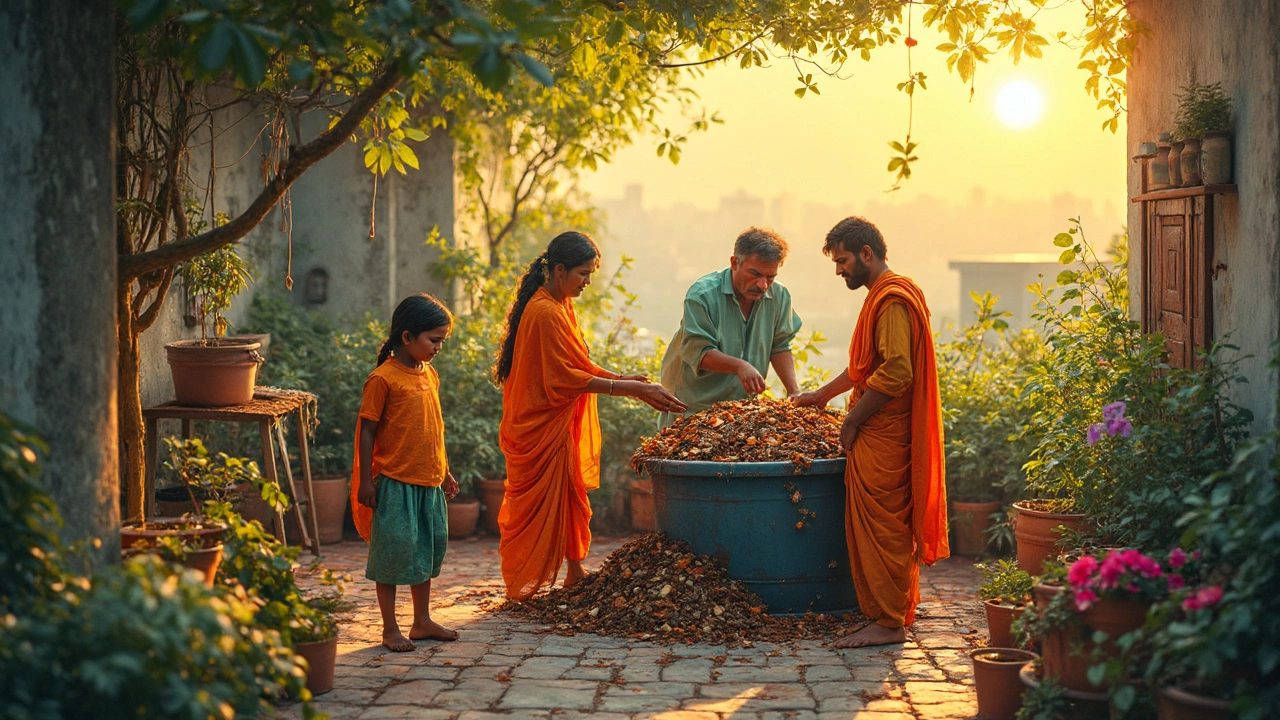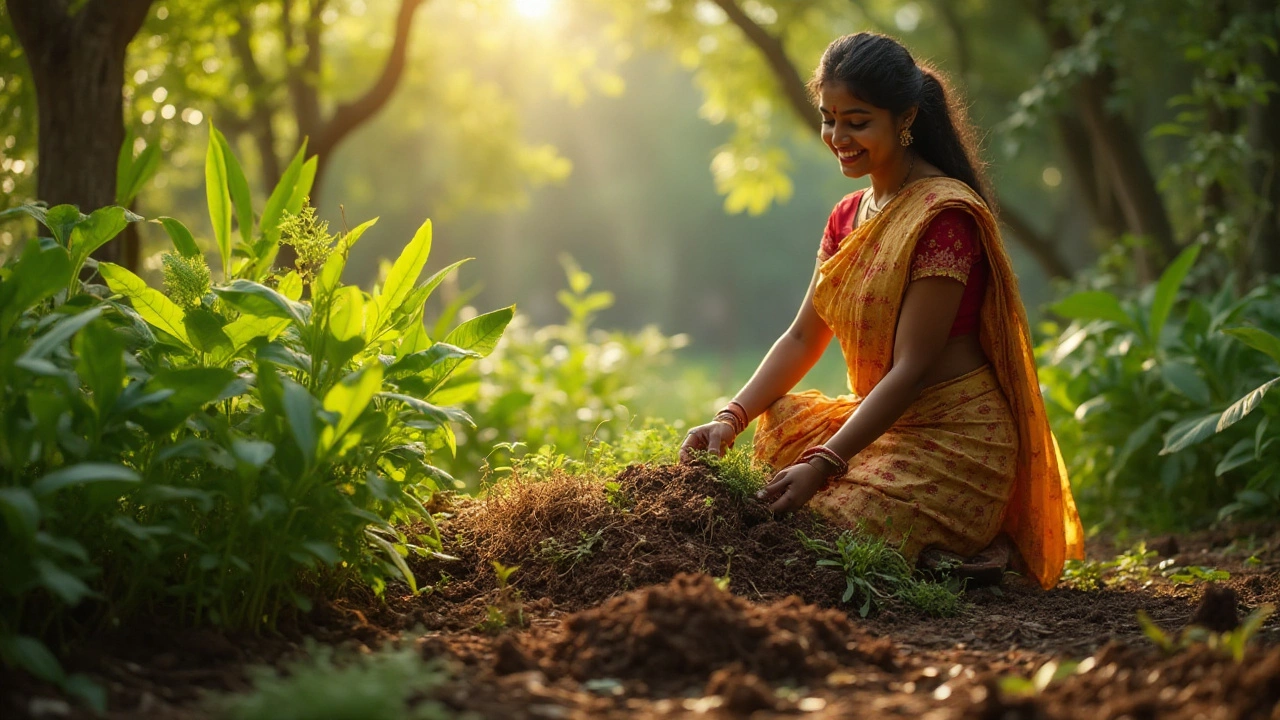Composting is a great way to recycle organic waste and enrich soil, but it's not without its challenges. From smell and pest issues to the time commitment and space requirements, there are several drawbacks to consider. However, with the right tips and tricks, you can overcome these obstacles and have a successful composting experience. Here, we explore the common issues faced in composting and offer practical solutions to make it work for you.
Compost Tips: Simple Ways to Make Rich Soil for Your Garden
When you start composting, the process of turning organic waste into nutrient-rich soil. Also known as home composting, it’s one of the easiest ways to improve your garden without spending a rupee. You don’t need a big yard or fancy gear—just a little space, some scraps, and the patience to let nature do its work.
Good compost, a dark, crumbly soil amendment made from decomposed organic matter doesn’t smell bad. It smells like earth after rain. The key is balancing the right mix of brown materials, carbon-rich items like dry leaves, straw, or paper and green materials, nitrogen-rich scraps like vegetable peels, coffee grounds, or grass clippings. Too much green? It turns slimy. Too much brown? It sits there untouched. The sweet spot is about 3 parts brown to 1 part green. Keep it moist, like a wrung-out sponge, and turn it every week or two. That’s it.
Many people in India skip composting because they think it’s messy or takes too long. But if you’ve ever seen a pile of rotting banana peels or wilted spinach leaves in a corner, you’re already halfway there. The real secret? Start small. Use a bucket, a plastic bin, or even a corner of your terrace. Add scraps daily. Cover them with a handful of dry leaves. In 60 to 90 days, you’ll have dark, rich soil that makes your plants grow faster and stronger. It’s not magic—it’s biology.
Some folks try vermicomposting, using worms to speed up decomposition and swear by it. Red wigglers eat your kitchen waste and turn it into castings that are like gold for plants. You can do this indoors, even in an apartment. Just keep the bin covered, avoid meat or dairy, and don’t overfeed. The worms will let you know if they’re happy—or if you’ve given them too much.
And here’s something most guides skip: compost tips aren’t about perfection. They’re about progress. If your pile smells, add more brown. If it’s dry, sprinkle water. If nothing’s breaking down, mix it up. You’re not building a science project—you’re feeding your soil. Every kitchen scrap you compost is one less bag of trash, one less need for chemical fertilizers, and one more reason your tomatoes will taste like they used to.
Below, you’ll find real guides from gardeners who’ve done this—whether they’re working with a tiny balcony or a backyard in Tamil Nadu. You’ll learn how to fix stinky piles, what to avoid adding, how to tell when compost is ready, and even how to use it in pots and raised beds. No fluff. No theory. Just what works.
Organic composting is a sustainable way to recycle kitchen scraps and yard waste into nutrient-rich soil for gardening. This practice not only reduces landfill waste but also enriches the garden with essential minerals. Discover the basics of composting, ideal materials to use, and smart tips to optimize the process. With patience and proper care, creating your own compost becomes an easy and rewarding task. Learn how to create a thriving compost pile at home with simple techniques.

